Industrial hemp is a strain of the Cannabis sativa plant species and is a low input, fast growing, annual spring-sown crop with a diverse range of uses. Despite once being an important crop here, modern-day cultivation of hemp in Ireland had essentially ceased.
However, a growing interest in the crop’s Cannabidiol (CBD) properties, coupled with a longing to find alternative farm enterprises, has led to a resurgence of interest in the crop.
CBD oils are derived from the hemp plant and are a constituent of cannabis, but do not contain the psychoactive ingredient tetrahydrocannabinol (THC). CBD oil is a popular supplement used by consumers to treat a host of medical conditions. It’s also rich in phytocannabinoids, terpenes, amino acids, essential minerals and vitamins and omega-3, 6 and 9.
The Irish Farmers Journal recently visited Paul McCourt, CEO of Celtic Wind Crops, the country’s largest producer of CBD oil products. Based in Co Louth, the company has a vertically-operated supply chain encompassing everything from crop production through to the sale of the end product.
In 2019, the company had over 400ha of industrial hemp contracted to local farmers.
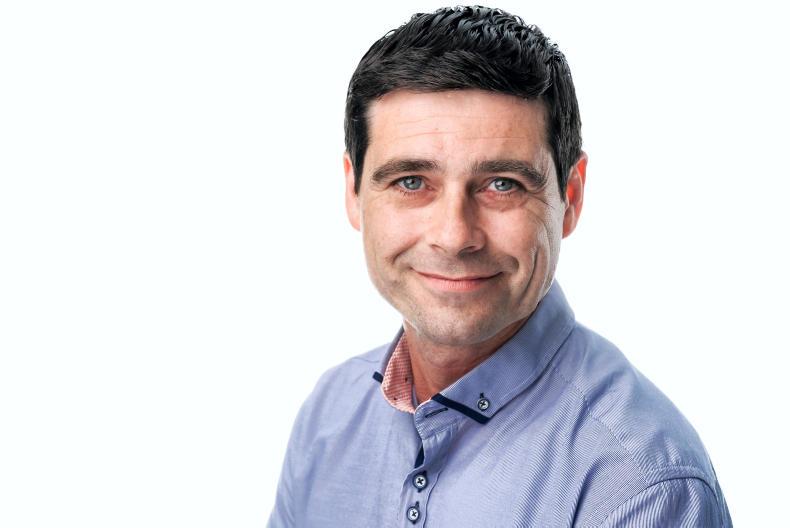
Paul McCourt, co-founder of Celtic Wind Crops.
History
Paul’s fascination with hemp began after finding repeated references to the crop throughout history. After years of research, he planted the company’s first crop in 2012. However, with no farming experience, they relied on three tillage farmers, Eamon Toner, Michael Hanlon and Martin Duffy in the Cooley Peninsula Co Louth to test-grow the crop.
With no processing facilities in the country, the 6ha crop was planted with the aim of exporting it to the UK. At this stage, Paul only planted the crop for its fibrous straw, which has a number of end uses.
The first crop was 14ft high and proved difficult to harvest, with fibre wrapping around the shafts and bearings of machines. When they did the sums on growing the crop for straw only, he realised that they would need to explore processing the seed to make the crop viable.
Despite once being an important crop here, modern-day cultivation of hemp in Ireland had essentially ceased
It was 2015 before another crop was planted again. However, this time the 50ha was planted for two purposes, to harvest the straw and the seed.
By 2016, awareness of CBD really started to take off in the media, Paul explains. At this stage, they were cold pressing small amounts of seed to produce CBD oil. That’s when growth really began and sales have been increasing steadily since. During 2018 and 2019, they continued to develop the business, extend their product range and increase the planted area of the crop.
Cultivation
Paul explains that through working with European seed suppliers, they found 10 to 12 varieties that grow well in the country.
The company works with tillage farmers in the Co Louth area. Growers are part of a producer group of sorts, where seed, sowing, agronomy and harvesting services are provided.
Hemp seed is sown into a ploughed seedbed from late April/May onwards, using a conventional seed drill and rolled.
Seed rates are typically in the region 20-45kg/ha and vary depending on desired plant populations. According to Teagasc, hemp crops require between 80 – 120kg N/ha. Paul says that they fertilise the crop using organic fertiliser pre-ploughing.
The seedling is delicate and weeds need to be monitored during the first few weeks of emergence. However, once established, the tall crop out-competes most weeds.
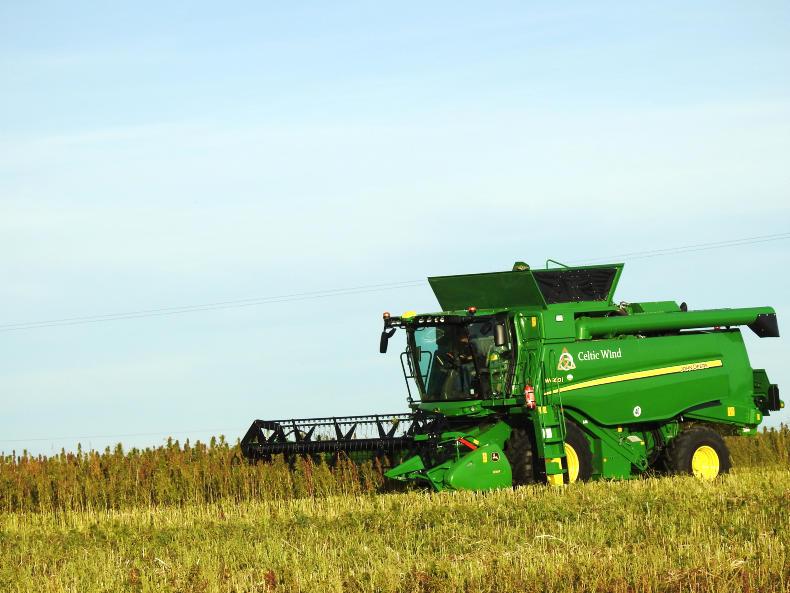
Harvesting hemp can be sore on machinery due to the fibre content in its straw.
Pest pressure is generally low, but fungal infections such as botrytis cinerea and sclerotinia can be problematic. Paul does not use any fungicides, so choosing varieties with strong disease resistance is vital. Paul’s team have developed innovative new software for detecting diseases in growing crops, through the use of drones and sensors.
Depending on variety, the crop matures between 90 and 150 days. The heads are harvested using a John Deere W660i combine and harvest moistures range from 20% to 50%. It is crucial that the crop is dried to under 10% within 8 hours post-harvest, as the seed can spoil. Yields range anywhere from 0.5 to 2t/ha.
The straw is then mowed, allowed to dry and baled in 8x4x3 bales. The bales are exported for processing in a decortication plant in Leeds, UK where the fibre is extracted and used for mattresses, insulation and structure-forming wood core products.
Tight regulation
Growing, processing and harvesting the crop is incredibly regulated and this has been one of the main challenges in developing the sector. As hemp is a controlled substance, every grower must obtain a licence from the Health Products Regulatory Authority (HPRA) before they can grow it. Within the application, growers must specify the origins of the seed as well as its intended use.
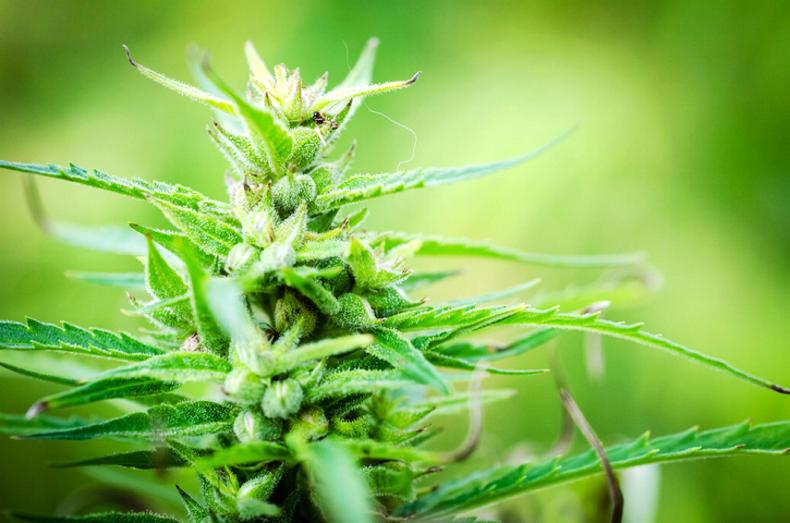
Hemp seeds are coldpressed to create CBD oil.
The application then goes to the Department of Health for review. As part of this process, growers will be garda vetted and past offences may lead to the refusal of the licence.
Once approved, growers can then plant the crop. The Department of Agriculture Food and the Marine may inspect the crop at any stage for sampling. If the THC of the variety is above 0.2, it’s deemed to be illegal cannabis and must be destroyed in the field.
All of the finished products are registered with the Food Safety Authority of Ireland and the Health and Safety Authority.
Expansion
Paul explains that new hemp contracts may be available in the future, but that the current regulatory framework and lack of native processing infrastructure for the crop is somewhat limiting expansion.
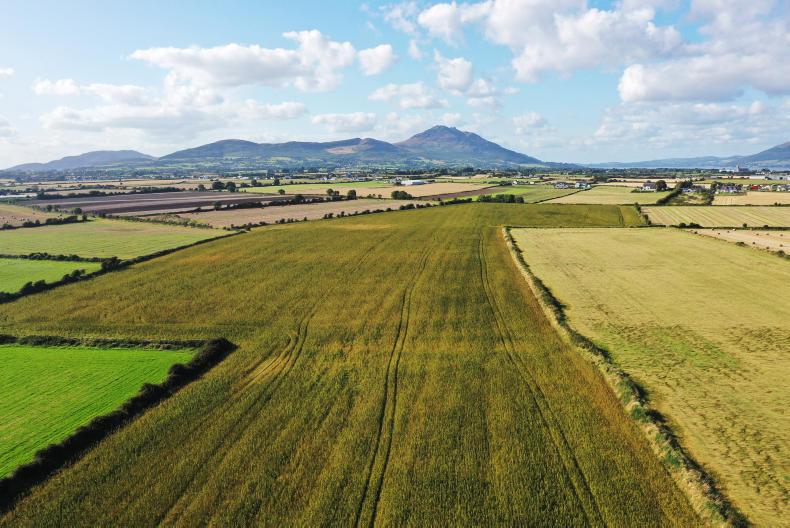
All of Celtic Wind Crops hemp crops are located in Co Louth.
His contracted growers receive a fixed sum per hectare, regardless of yield. He explains that the crop is around 25% more profitable than growing spring barley. He currently employs around 20 people and in 2019, they expanded their hemp-based product range to 24 items, including CBD oils, powders and skincare.
For more information, visit the Celtic Wind Crops website here.
Read more
Grain markets: wheat futures gaining ground
Tillage management: dealing with 2019’s damaged soils
Industrial hemp is a strain of the Cannabis sativa plant species and is a low input, fast growing, annual spring-sown crop with a diverse range of uses. Despite once being an important crop here, modern-day cultivation of hemp in Ireland had essentially ceased.
However, a growing interest in the crop’s Cannabidiol (CBD) properties, coupled with a longing to find alternative farm enterprises, has led to a resurgence of interest in the crop.
CBD oils are derived from the hemp plant and are a constituent of cannabis, but do not contain the psychoactive ingredient tetrahydrocannabinol (THC). CBD oil is a popular supplement used by consumers to treat a host of medical conditions. It’s also rich in phytocannabinoids, terpenes, amino acids, essential minerals and vitamins and omega-3, 6 and 9.
The Irish Farmers Journal recently visited Paul McCourt, CEO of Celtic Wind Crops, the country’s largest producer of CBD oil products. Based in Co Louth, the company has a vertically-operated supply chain encompassing everything from crop production through to the sale of the end product.
In 2019, the company had over 400ha of industrial hemp contracted to local farmers.

Paul McCourt, co-founder of Celtic Wind Crops.
History
Paul’s fascination with hemp began after finding repeated references to the crop throughout history. After years of research, he planted the company’s first crop in 2012. However, with no farming experience, they relied on three tillage farmers, Eamon Toner, Michael Hanlon and Martin Duffy in the Cooley Peninsula Co Louth to test-grow the crop.
With no processing facilities in the country, the 6ha crop was planted with the aim of exporting it to the UK. At this stage, Paul only planted the crop for its fibrous straw, which has a number of end uses.
The first crop was 14ft high and proved difficult to harvest, with fibre wrapping around the shafts and bearings of machines. When they did the sums on growing the crop for straw only, he realised that they would need to explore processing the seed to make the crop viable.
Despite once being an important crop here, modern-day cultivation of hemp in Ireland had essentially ceased
It was 2015 before another crop was planted again. However, this time the 50ha was planted for two purposes, to harvest the straw and the seed.
By 2016, awareness of CBD really started to take off in the media, Paul explains. At this stage, they were cold pressing small amounts of seed to produce CBD oil. That’s when growth really began and sales have been increasing steadily since. During 2018 and 2019, they continued to develop the business, extend their product range and increase the planted area of the crop.
Cultivation
Paul explains that through working with European seed suppliers, they found 10 to 12 varieties that grow well in the country.
The company works with tillage farmers in the Co Louth area. Growers are part of a producer group of sorts, where seed, sowing, agronomy and harvesting services are provided.
Hemp seed is sown into a ploughed seedbed from late April/May onwards, using a conventional seed drill and rolled.
Seed rates are typically in the region 20-45kg/ha and vary depending on desired plant populations. According to Teagasc, hemp crops require between 80 – 120kg N/ha. Paul says that they fertilise the crop using organic fertiliser pre-ploughing.
The seedling is delicate and weeds need to be monitored during the first few weeks of emergence. However, once established, the tall crop out-competes most weeds.

Harvesting hemp can be sore on machinery due to the fibre content in its straw.
Pest pressure is generally low, but fungal infections such as botrytis cinerea and sclerotinia can be problematic. Paul does not use any fungicides, so choosing varieties with strong disease resistance is vital. Paul’s team have developed innovative new software for detecting diseases in growing crops, through the use of drones and sensors.
Depending on variety, the crop matures between 90 and 150 days. The heads are harvested using a John Deere W660i combine and harvest moistures range from 20% to 50%. It is crucial that the crop is dried to under 10% within 8 hours post-harvest, as the seed can spoil. Yields range anywhere from 0.5 to 2t/ha.
The straw is then mowed, allowed to dry and baled in 8x4x3 bales. The bales are exported for processing in a decortication plant in Leeds, UK where the fibre is extracted and used for mattresses, insulation and structure-forming wood core products.
Tight regulation
Growing, processing and harvesting the crop is incredibly regulated and this has been one of the main challenges in developing the sector. As hemp is a controlled substance, every grower must obtain a licence from the Health Products Regulatory Authority (HPRA) before they can grow it. Within the application, growers must specify the origins of the seed as well as its intended use.

Hemp seeds are coldpressed to create CBD oil.
The application then goes to the Department of Health for review. As part of this process, growers will be garda vetted and past offences may lead to the refusal of the licence.
Once approved, growers can then plant the crop. The Department of Agriculture Food and the Marine may inspect the crop at any stage for sampling. If the THC of the variety is above 0.2, it’s deemed to be illegal cannabis and must be destroyed in the field.
All of the finished products are registered with the Food Safety Authority of Ireland and the Health and Safety Authority.
Expansion
Paul explains that new hemp contracts may be available in the future, but that the current regulatory framework and lack of native processing infrastructure for the crop is somewhat limiting expansion.

All of Celtic Wind Crops hemp crops are located in Co Louth.
His contracted growers receive a fixed sum per hectare, regardless of yield. He explains that the crop is around 25% more profitable than growing spring barley. He currently employs around 20 people and in 2019, they expanded their hemp-based product range to 24 items, including CBD oils, powders and skincare.
For more information, visit the Celtic Wind Crops website here.
Read more
Grain markets: wheat futures gaining ground
Tillage management: dealing with 2019’s damaged soils








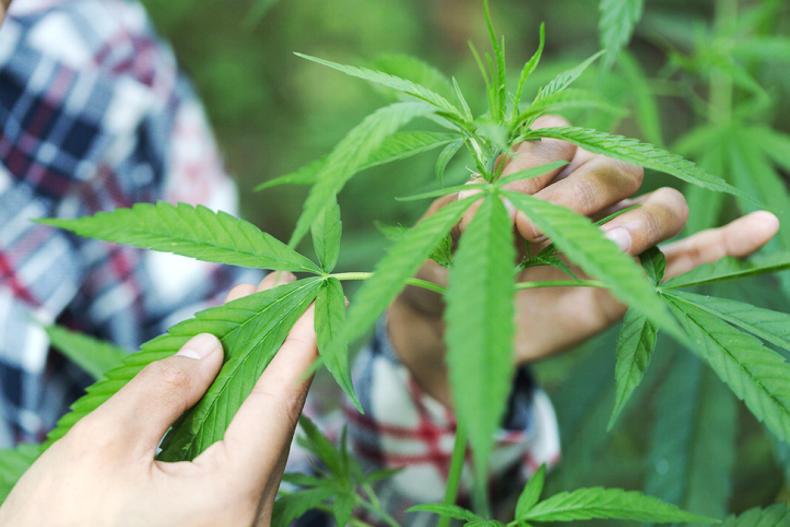
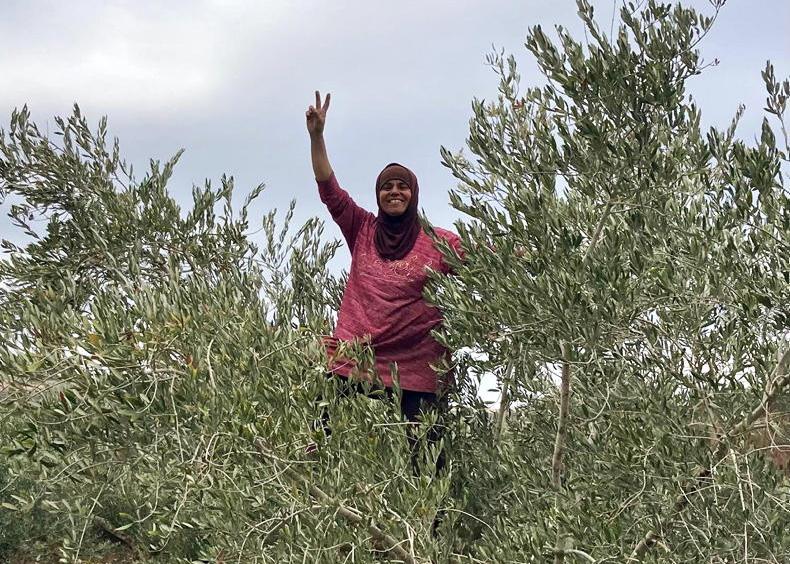

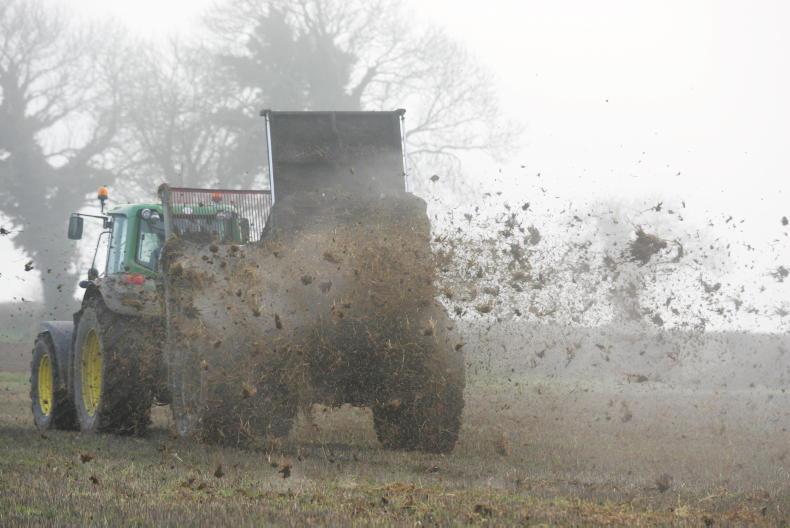
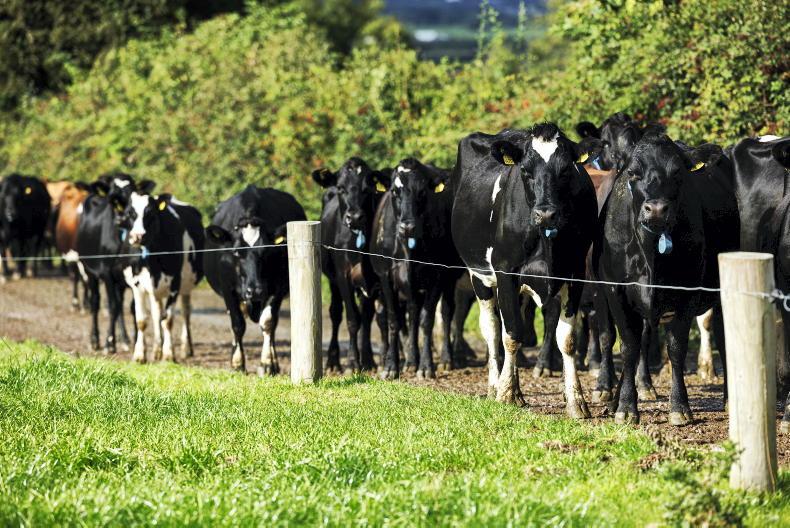
SHARING OPTIONS